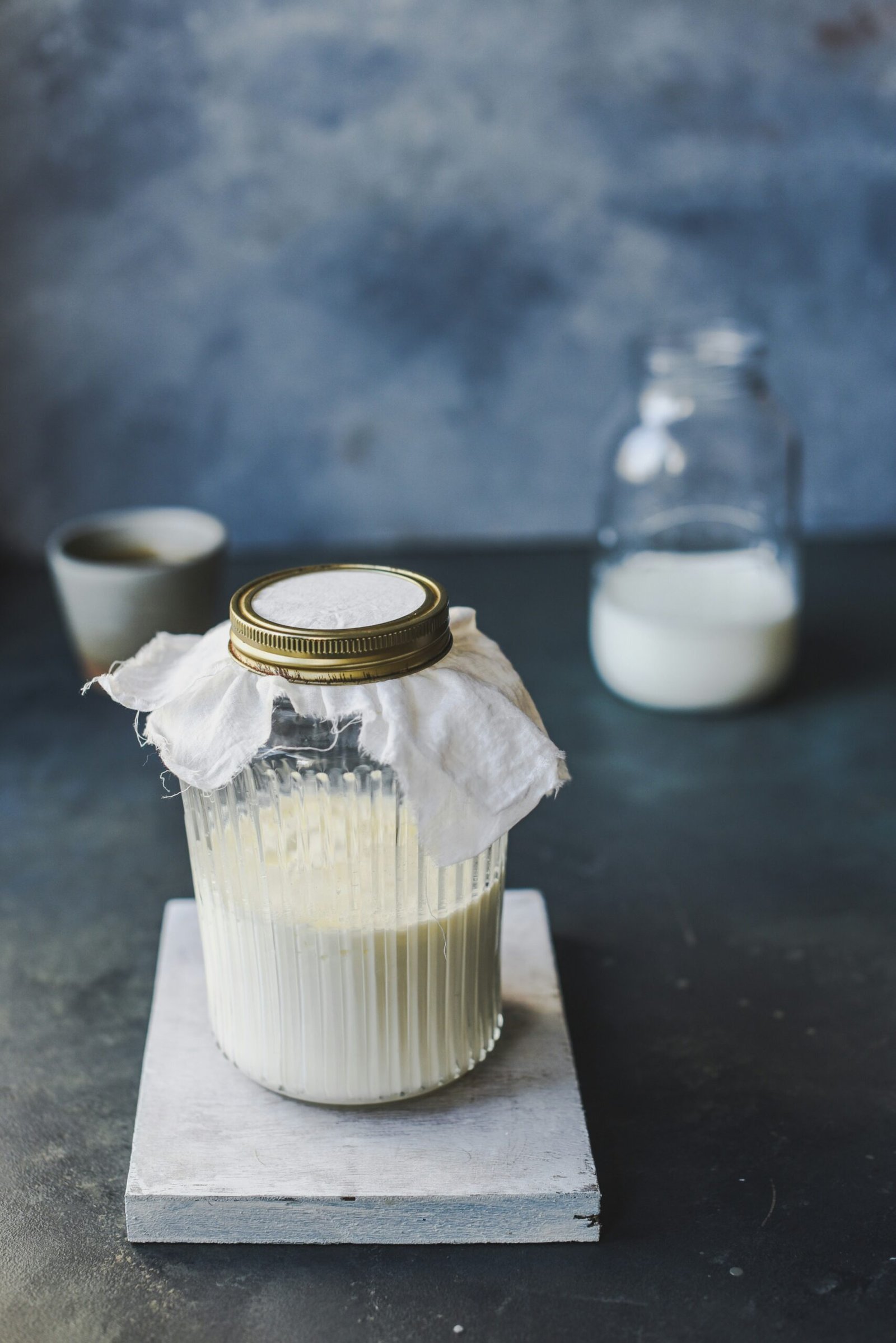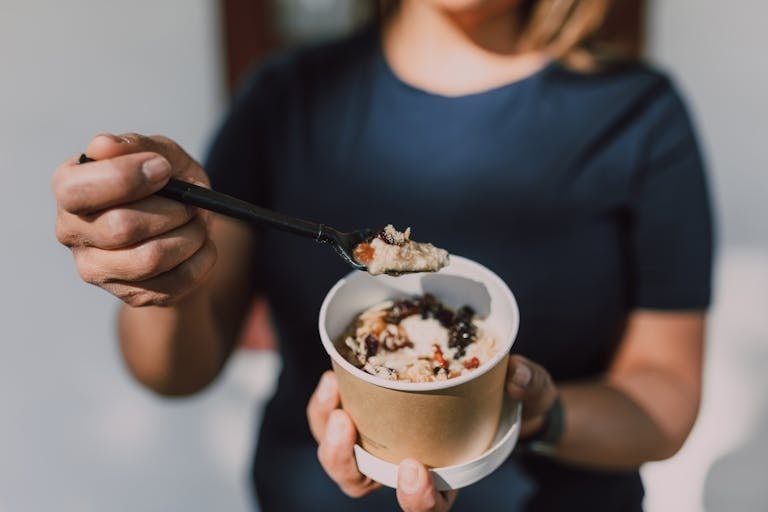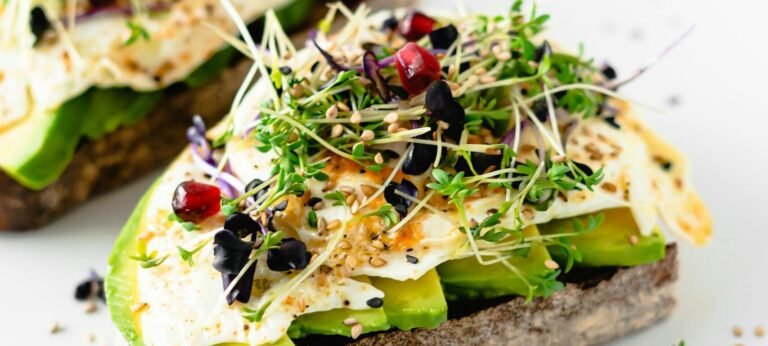Kefir: A Microbial Powerhouse
Origin & Tradition
Kefir is a fermented milk drink believed to have originated in the Caucasus Mountains, where shepherds carried fresh milk in leather pouches. Over time, a unique symbiotic culture of bacteria and yeast — kefir grains — developed, transforming the milk into a tangy, effervescent beverage. Its name comes from the Turkish word keyif, meaning “feeling good,” a nod to its long-standing reputation for vitality.
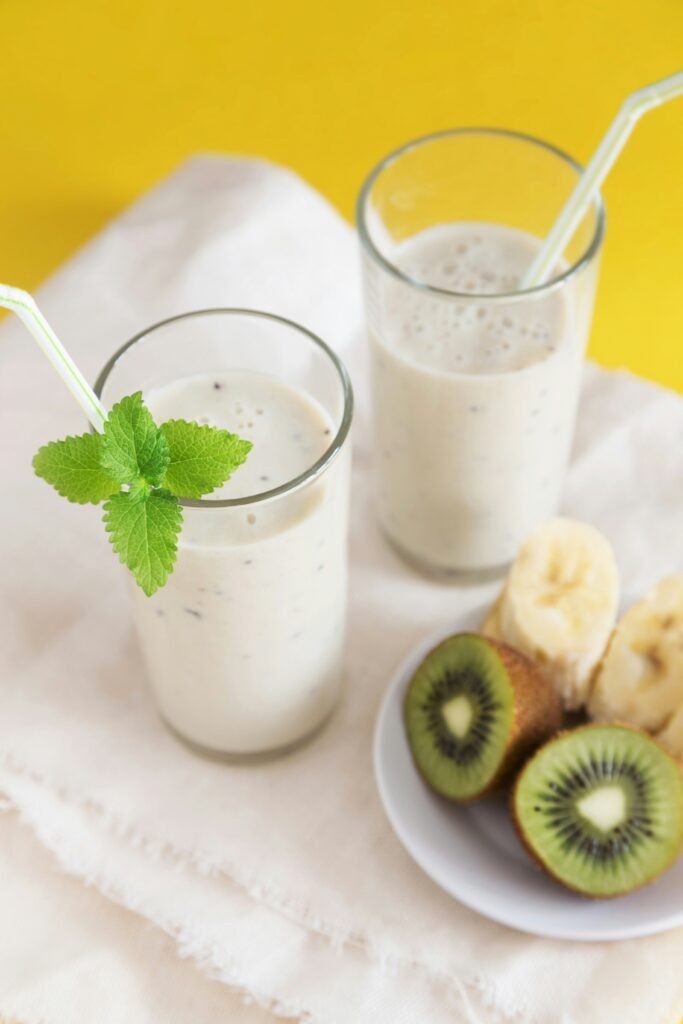
How It’s Made
Kefir is produced by adding kefir grains (gelatinous clusters of proteins, lipids, and polysaccharides) to milk. These grains contain a complex microbial community — often more than 30 species of bacteria and yeasts. Over 24–48 hours at room temperature, the microbes consume lactose and produce:
Lactic acid (tangy flavour)
Carbon dioxide (natural fizziness)
Trace alcohol
Bioactive peptides
It can also be made with non-dairy milks or even sugar water (water kefir) using adapted grains.
Microbial & Health Profile
Bacterial species: for the science nerds among us; Lactobacillus kefiranofaciens, Lactobacillus kefiri, various Leuconostoc, Lactococcus, and Acetobacter species
Yeasts: Saccharomyces kefir, Kluyveromyces marxianus
Health benefits (supported by research):
May improve lactose digestion in lactose-intolerant individuals
Supports gut microbial diversity
Potential anti-inflammatory and antimicrobial effects
Contains bioactive compounds linked to immune modulation and blood sugar regulation
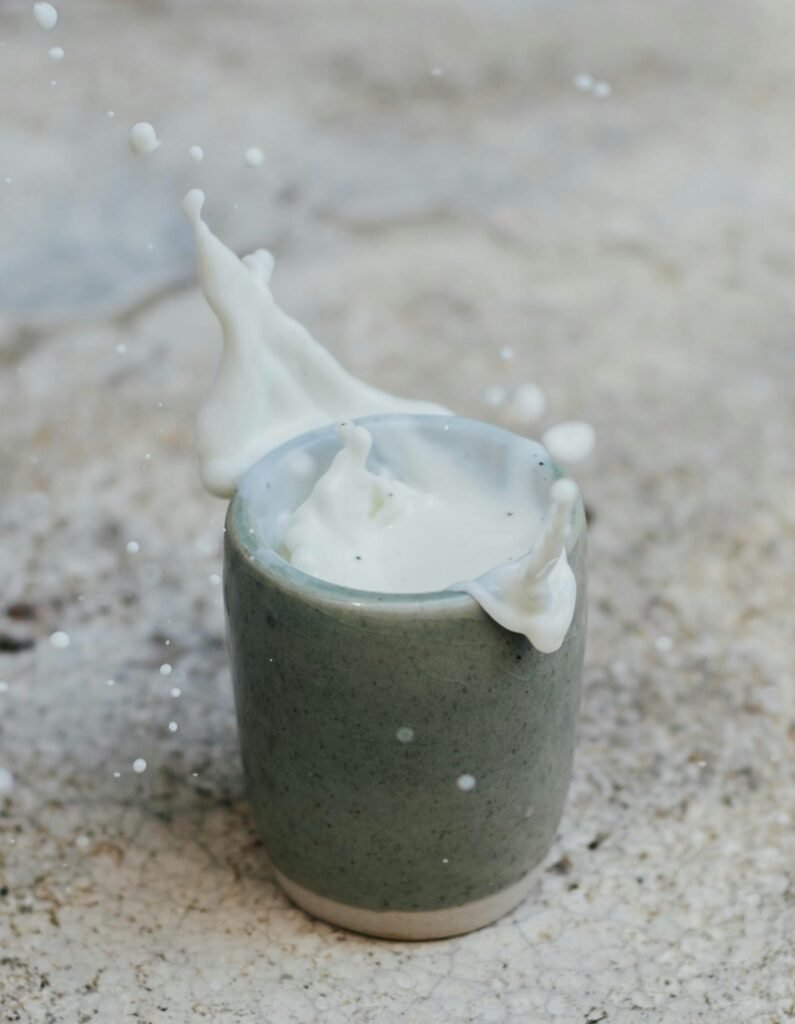
How to Use It
- Drink plain or flavoured with fruit, honey, or spices
- Add to smoothies for extra probiotic boost
- Use in baking as a buttermilk substitute
- Mix into salad dressings for tang and texture
Accessibility
- Kefir grains can be bought online or from fermentation communities
- Works with cow’s, goat’s, or plant-based milks
- Minimal equipment needed — just a clean jar, cloth cover, and patience

